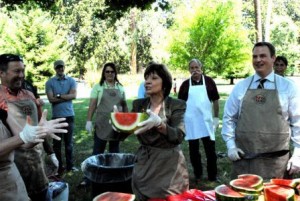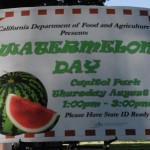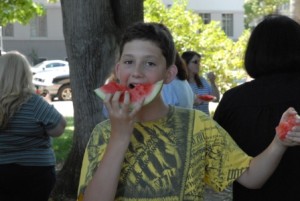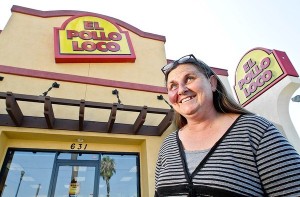http://cdfa.ca.gov/egov/Press_Releases/Press_Release.asp?PRnum=11-048
The California State Board of Food and Agriculture will discuss invasive species policies, initiatives and partnerships at its meeting on Wednesday, August 24, 2011. The meeting will be held from 10:00 a.m. to 2:45 p.m. at the California Department of Food and Agriculture (CDFA), 1220 N Street – Main Auditorium, Sacramento, 95814.
“The ability to protect California’s farms and natural landscapes from invasive species is essential,” said CDFA Secretary Karen Ross. “It is a network and system that encourages diverse food production, maintains distribution for small and large farmers, and promotes environmental stewardship.”
The detection, exclusion and management of invasive species are critical functions of the CDFA. Working together with federal, state, and county partners, CDFA implements a variety of programs that support invasive species surveillance and inspection. The federal government has defined ‘invasive species’ as species whose introduction causes, or is likely to cause, economic or environmental harm or harm to human health.
“As a farmer, I understand the on-farm challenges of dealing with invasive species,” said Craig McNamara, president of the California State Board of Food and Agriculture. “California’s leadership in protecting our farms, waterways, and public landscapes is a role model for the nation.”
This meeting will provide the State Board with a briefing on California invasive species policies and lay the foundation for future discussions on this issue.
Speakers for the meeting include: Helene Wright, USDA – Animal and Plant Health Inspection Service; Doug Johnson, California Invasive Species Advisory Committee; Dr. Robert Leavitt, CDFA ; Robin Wall, U.S. Customs and Border Patrol; Barry Bedwell, California Grape and Tree Fruit League; and Richard Matteis, California Farm Bureau Federation. Additional invited speakers include representatives from the University of California, Davis – Department of Entomology; University of California, Riverside – Center for Invasive Species Research; and University of California Statewide Integrated Pest Management Program
The California State Board of Food and Agriculture advises the Governor and CDFA Secretary. The State Board conducts forums that bring together local, state, and federal government officials, agricultural representatives, and citizens to discuss current issues of concern to California agriculture.
Follow the board on Twitter at: www.twitter.com/Cafood_agboard








